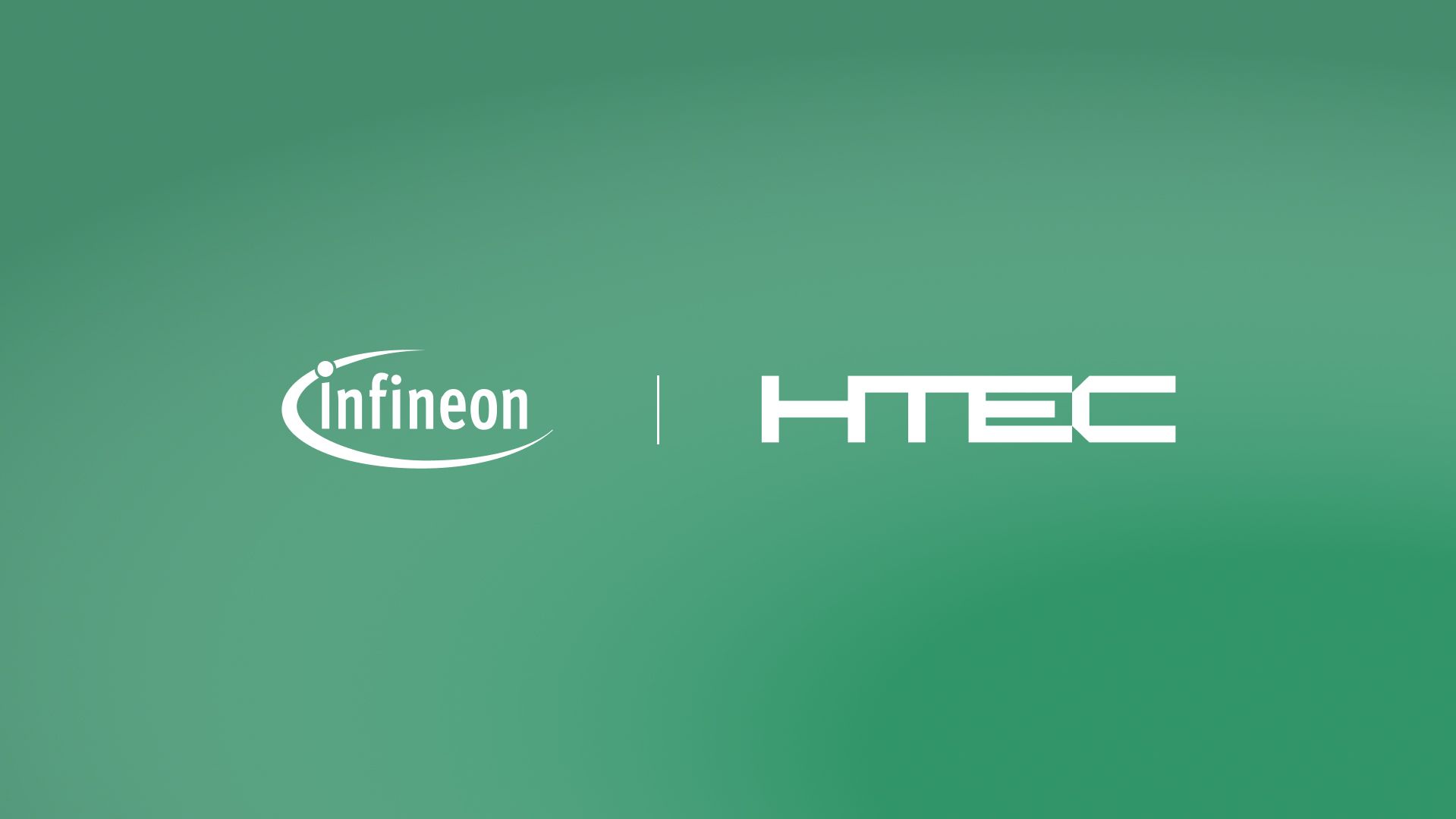Medical writing has always been a cornerstone of healthcare and life sciences, bridging the gap between complex scientific data and clear communication for regulators, clinicians, and patients. Traditionally, this work has been labor-intensive, requiring meticulous attention to detail and adherence to strict regulatory standards. With the rise of Generative AI (Gen AI), however, the landscape is shifting. AI-powered tools can now research, draft, edit, and refine medical documents at unprecedented speed. As Deloitte notes, automation in regulatory authoring could save biopharma millions in costs, underscoring the transformative potential of Gen AI in this domain.
This breakthrough provides tremendous opportunities for the profession, but its potential (at least at this stage of the technology’s maturity) is somewhat limited compared to how it is sometimes advertised. Furthermore, the use of Gen AI in a scientific area that relies on the highest degree of safety and accuracy comes with its own unique set of challenges.
Over the following lines, we will examine the immediate benefits and potential of Gen AI in medical writing, as well as its limitations, shortcomings, and underlying concerns over its application.
How Gen AI is changing the medical writing landscape
Gen AI is already making a significant impact across the full range of medical writing formats. Its primary value lies in automating and accelerating a wide variety of traditionally time- and labor-intensive processes, but that is hardly the full extent of its arsenal.
Let’s take a closer look at Gen AI’s impact across different areas of medical writing.
Clinical Trial Documentation: Streamlining and consistency
Clinical trial documentation is one of the most resource-heavy aspects of medical writing. Gen AI can assist in drafting clinical study reports (CSRs), protocols, and informed consent forms. By automating repetitive sections and summarizing trial data, AI reduces the burden on writers and accelerates timelines. A narrative review published in the Journal of Medical Artificial Intelligence highlights how tools like ChatGPT can streamline the preparation of CSRs while maintaining consistency across documents.
Regulatory Documentation: Overcoming complexity with speed and efficiency
Regulatory submissions to agencies such as the FDA or EMA are notoriously complex. Gen AI can help generate structured summaries, ensure consistent terminology, and even flag potential compliance issues. The above-mentioned Deloitte’s research emphasizes that regulatory authoring is a significant area for value realization, as AI-driven automation can reduce manual effort and improve efficiency. However, while AI can draft initial versions, human supervision remains essential to ensure accuracy and adherence to evolving regulatory standards.
Scientific Papers: Focusing on what matters
Academic publishing is another area where Gen AI shows promise. AI can assist in drafting research articles, abstracts, and systematic reviews, synthesizing large volumes of data into coherent narratives. A study in the British Journal of General Practice argues that Gen AI should be seen as a tool rather than a co-author, augmenting human output rather than replacing it. Writers can leverage AI for language refinement, grammar correction, and stylistic improvements, freeing them to focus on interpretation and critical analysis.
Patient Education Materials
Beyond professional audiences, Gen AI can generate patient information leaflets, brochures, and educational content tailored to different literacy levels. This democratizes access to medical knowledge, making complex information more understandable for patients. AI’s ability to adapt tone and vocabulary ensures that materials are accessible to diverse populations, though accuracy and cultural sensitivity must be carefully monitored.
Document Intelligence in Action: HTEC’s AI-Generated Patient Information Leaflet.
HTEC’s data scientists have developed a proof-of-concept (PoC) solution for the AI-powered generation of a patient information leaflet (PIL), a document included with every medication that provides essential information about the medicine, including its uses, dosage, and potential side effects. PILs are designed to ensure the safe and effective use of medications, and they are written based on the Investigator’s Brochure, an extensive document tracking the medication’s journey from the moment a molecule is isolated and all the way to production, including testing, compliance, and legal documentation.
The process of writing a PIL normally requires extensive time and resources to distill relevant information from large-volume documentation, which is what Gen AI can do quickly and reliably.
HTEC developed a streamlined solution that curates input streams, extracts key information, and aligns it with the product’s approach, safety, and impact. The system built can:
- Upload the files containing the input information
- Apply a machine learning model to generate the requested text
- Apply the critique machine learning models for text validation
- Translate the text into different languages
Once completed, the system was able to upload relevant documentation, generate a reliable (and later fully validated) document, and translate it into multiple languages – all in 8 minutes!
Limitations of Gen AI
While Gen AI provides an unparalleled opportunity to accelerate the creation of relevant medical content, there is a universal consensus within the professional community that it should not be considered a “magical bullet” solution and that human authorship and supervision remain paramount to ensuring accuracy and reliability of the written documentation.
Dr. Nemanja Kovačev, HTEC’s Head of Healthcare and Life Science Consultancy Practice and a specialist in AI in healthcare, explains why.
“AI-based natural language processing is a statistical method. Its nature is not deterministic but probabilistic – it uses statistical parameters to calculate a prediction of what the next word should be at any given moment. The fundamental issue with using gen AI in medical writing is that it can never be 100% accurate. This is not a huge issue in areas such as popular science writing, but the further we go from simpler to more relevant and critical matters in medical practice, the indication area for gen AI assistance grows narrower, because the tolerance for unreliable methods becomes smaller. Therefore, Gen AI cannot be applied autonomously in medical writing – it still requires a high degree of medical expert supervision, particularly in critical areas.”

Let’s examine some of the main concerns regarding Gen AI’s application in medical writing.
Factual Errors and Source Hallucinations
One of the most pressing limitations of Gen AI is its tendency to produce hallucinations—statements that sound plausible but are factually incorrect. In medical writing, where precision is paramount, such errors can have serious consequences. AI-generated text must be rigorously fact-checked against primary sources to avoid misinformation.
The “Model Collapse” Phenomenon
Another emerging concern is model collapse, a phenomenon where AI systems trained on AI-generated data gradually degrade in quality. As more content online is produced by AI, future models risk learning from synthetic rather than authentic human-generated data, leading to reduced reliability. For medical writing, this could undermine the integrity of scientific communication if unchecked.
Ethical Concerns
Ethical debates around Gen AI in medical writing are multifaceted. Should AI be credited as a co-author, or treated purely as a tool? Most journals currently reject AI authorship, emphasizing that accountability lies with human writers. Data privacy is another critical issue: when using AI tools, sensitive patient data must be protected to comply with regulations such as HIPAA and GDPR. Misuse of AI in handling confidential information could lead to breaches of trust and legal repercussions.
Regulatory Challenges
Regulatory agencies are still grappling with how to evaluate AI-assisted documents. While AI can accelerate drafting, regulators demand transparency in methodology and data integrity. The lack of clear guidelines on AI use in submissions creates uncertainty for medical writers and pharmaceutical companies. Until frameworks are established, human oversight will remain indispensable.
Conclusion: Augmentation, not substitution
Generative AI is undeniably reshaping medical writing, offering speed, efficiency, and accessibility across clinical trial documentation, regulatory submissions, scientific publishing, and patient education. Yet its limitations – factual errors, model collapse, ethical dilemmas, and regulatory uncertainty – underscore that AI is not a substitute for human expertise. Instead, it should be viewed as a supporting tool, augmenting the work of medical writers while leaving critical judgment, ethical responsibility, and final accountability in human hands.
The future of medical writing lies in a collaborative model, where AI handles repetitive tasks and language refinement, while humans ensure accuracy, context, and ethical integrity. In this way, Gen AI can help medical writers focus on what matters most: delivering clear, reliable, and trustworthy communication that advances healthcare and serves patients worldwide.





